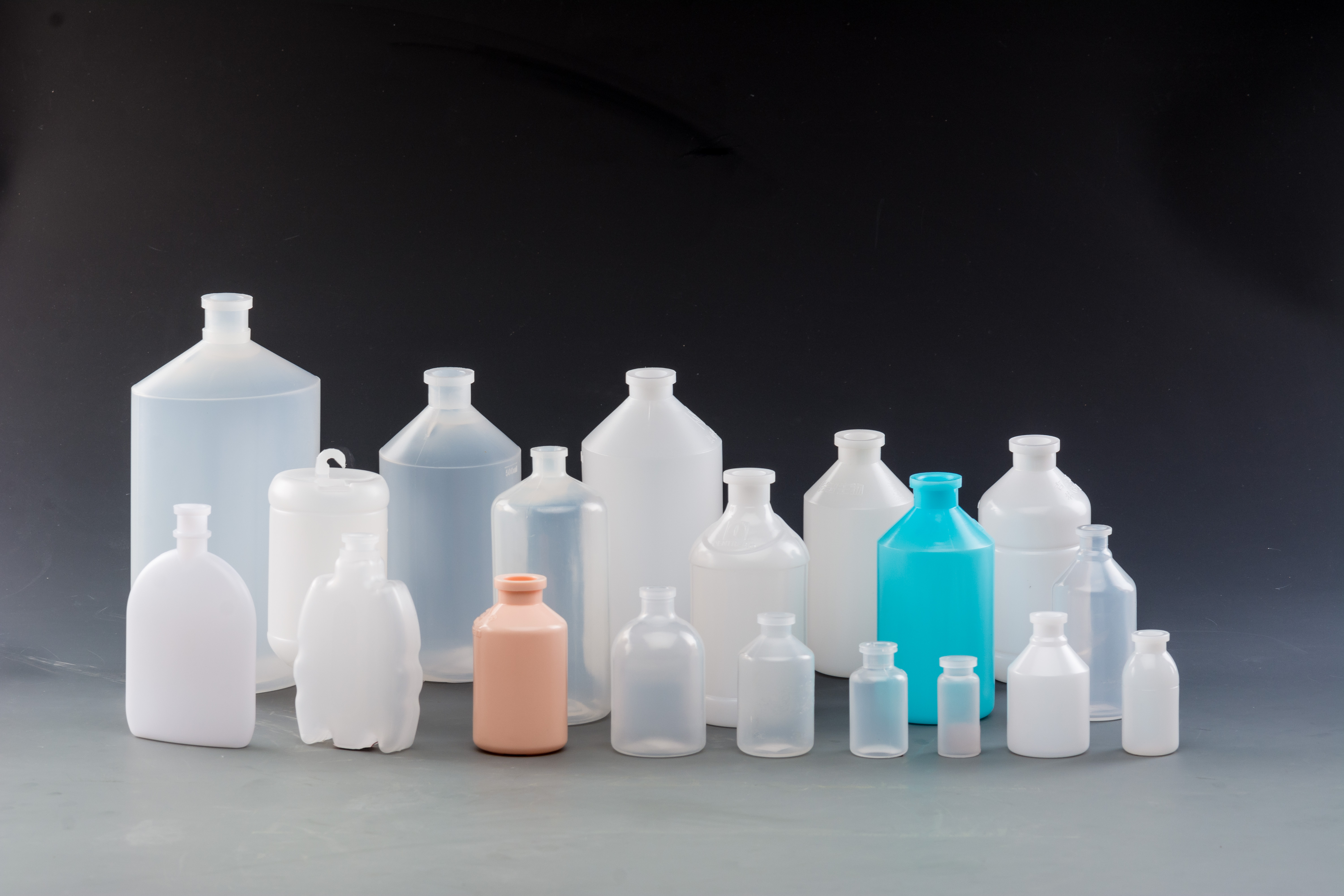Apr. 15, 2025
Veterinary vaccine bottles play a critical role in the transportation and storage of animal vaccines. Typically made from high-density polyethylene (HDPE) or polypropylene through specialized manufacturing processes, these containers require proper handling to ensure vaccine efficacy. Here are essential usage guidelines:
1. Proper Storage Before Use
Store unopened vaccine bottles in a cool, dry, and well-ventilated area.
Keep away from corrosive or hazardous substances to prevent material degradation.
2. Pre-Use Inspection
Check for intact seals before use. Discard immediately if:
Leakage is observed.
Vaccine shows separation or emulsion breakdown (indicating contamination or spoilage).
3. Label and Packaging Verification
Review the package insert for instructions.
Inspect each bottle for:
Undamaged containers and tight seals.
Clear labeling, including:
Vaccine name
Batch number
Production/expiry dates
Dosage specifications

4. Handling Inactivated Vaccines
Shake thoroughly before use and re-mix before each withdrawal to ensure uniform suspension.
5. Accurate Dosage Administration
Adhere strictly to the recommended dosage in the manual.
Avoid under-dosing or over-dosing, as both may compromise immunity.
6. Usage Documentation
Maintain detailed records of:
Vaccine name and batch number
Injection site/date
Number of treated animals
Post-Use Disposal
Never discard used bottles randomly.
Collect and dispose of them through approved bio-waste protocols to prevent secondary contamination in farms.
Conclusion
Proper handling of veterinary vaccine bottles ensures vaccine efficacy, animal safety, and environmental protection. By following these protocols, livestock operators can uphold biosecurity standards and optimize immunization outcomes.
 冀ICP备11016487号-1
冀ICP备11016487号-1